
As American cars and trucks continue to bloat, growing longer and wider decade over decade while roads and parking spaces stay the same size, there may be hope glimmering on the horizon: tiny electric vehicles. I’m not talking about small cars. I’m talking about tiny ones – micro-cars, if you will.
They’re a small but growing category of motor vehicles in the US, and they may just save us from a future of massive, energy-guzzling vehicles that can somehow plow through a playground without noticing yet still struggle to wiggle into a parking spot.
This is Part 1 of a three-part series on these useful little vehicles. In today’s segment, we’ll dive into the “what” and “why” of electric micro-cars.
From the definitions (which have so far eluded most of the industry) to the use cases (which have so far eluded most Americans), we’ll set the stage for what could be the next big wave of tiny cars. In Parts 2 and 3 we’ll cover the legality of such vehicles and the options currently on the road.

What is an electric micro-car?
Let’s start off with a few definitions to set the record straight about these tiny vehicles.
There are three commonly used terms for describing these little runabouts: micro-cars, NEVs (neighborhood electric vehicles), and LSVs (low-speed vehicles). And they’re all wrong in one way or another. Let’s explore each, below.
Low-speed vehicles (LSVs)
The term LSVs is currently the least commonly used term for these, but it’s actually the most correct. That’s because it’s the only legally defined category. LSVs are a federally mandated class of motor vehicles in the US.
They’re more or less equivalent to what are known as “quadricycles” in Europe, with the exception that European quadricycles are allowed to reach speeds of up to 80-100 km/h (50-62 mph), depending on the country, while LSVs in the US are limited to just 25 mph (40 km/h).
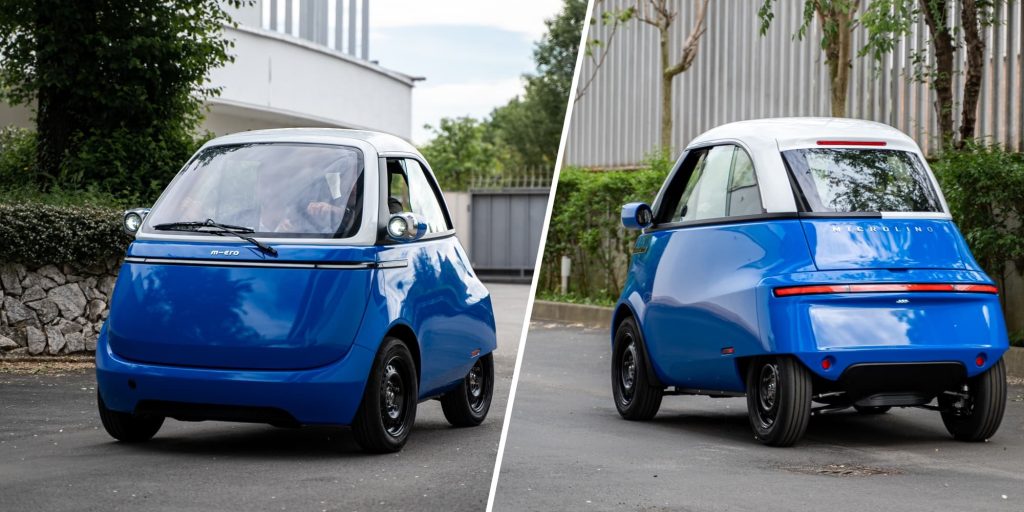
It is a common misunderstanding that all that is required for a vehicle to be considered an LSV is for it to have a maximum speed of 25 mph (40 km/h). In fact, that is only one of many requirements. Federal Motor Vehicle Safety Standards for LSVs have laid out around a dozen standards that mostly cover speed and required safety equipment, but that also include requirements for the manufacturer’s factory to be federally approved by the National Highway Traffic Safety Administration (as well as the factories that produce key components like the auto glass, seat belts and other important components). That’s why it isn’t enough for a small vehicle to simply have seat belts and not exceed 25 mph.
For this reason, it is actually quite difficult for new manufacturers to receive street-legal status for LSVs, though we’ll dive into the legality of these vehicles in much more detail in Part 2 of this series. It’s an important issue since many of the supposed “street legal” LSVs now being offered for sale in the US are far from actually being street legal.
For now though, suffice it to say that LSVs are a federally mandated category of vehicles that are allowed to reach speeds of up to 25 mph (40 km/h) and are allowed to drive on roads with speed limits posted up to 35 mph (56 km/h).
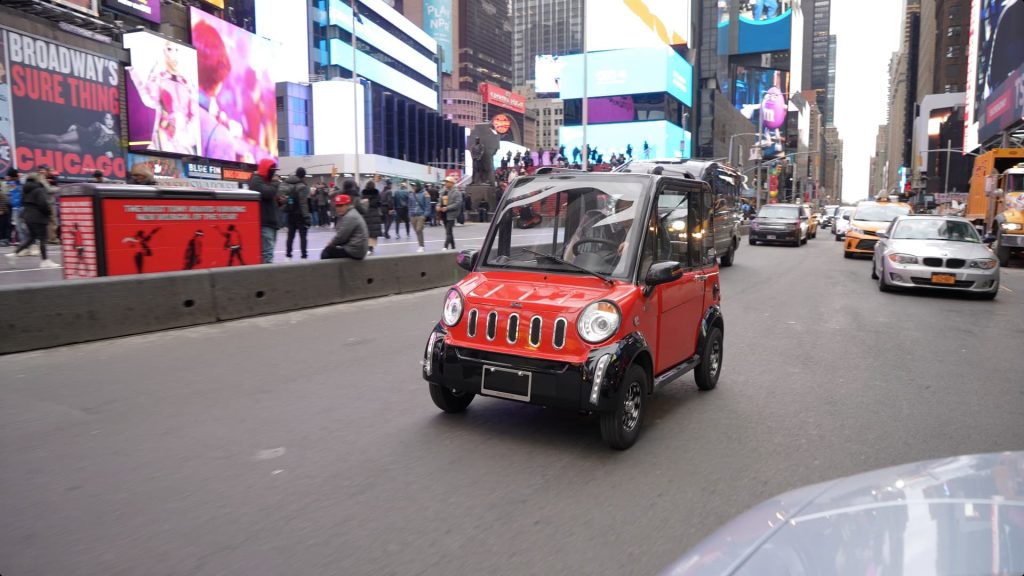
LSVs are not required to be electric vehicles, and many low-production-volume combustion engine models have existed over the past two decades, similar to the phenomenon of “kei cars” in Japan. But these days nearly all LSVs in the US are also electric vehicles, largely due to the simplification of manufacturing/maintenance as well as reduced regulatory hurdles associated with emissions testing.
The term LSV is really the only important term for this industry because it is the only one that is clearly defined. That brings us to… NEVs.
Neighborhood electric vehicles (NEVs)
The term NEV is probably the most commonly used term in this industry, which is problematic because it doesn’t mean anything. There is no clearly defined boundary for what makes up an NEV.
The term originated before the LSV category was created by the federal government, and it largely referred to small, slower-moving electric vehicles that were similar in appearance to golf carts, yet were designed for traveling on roads and around neighborhoods instead of across the golf course. The most famous example of an NEV is likely the GEM, which started out under the Chrysler umbrella before moving to Polaris and finally to its current owner, WAEV.
The GEM popularized the concept of an NEV before the US government had created an LSV category, and thus the term NEV stuck.

The problem is that despite everyday usage, there’s no clear line drawn to determine what is and what isn’t an NEV. It’s similar to the word “truck” in its vaguery. Is an F-150 a truck? What about an 18-wheeler semi-trailer? Or a U-Haul? They’re all called trucks in common parlance, yet the Department of Transportation would beg to differ.
The other issue with the term NEV is that it implies a purely neighborhood use for these vehicles. While neighborhood and local community use is a common application, densely populated cities are quickly becoming another major market for these tiny electric vehicles.
An LSV could easily drive from Battery Park on the southern tip of Manhattan up to Washington Heights, a 13-mile (21 km) commute covering dozens of neighborhoods. In fact, I drove an LSV across the Brooklyn Bridge earlier this year as I travelled around NYC, highlighting the urban appeal of such small electric vehicles.
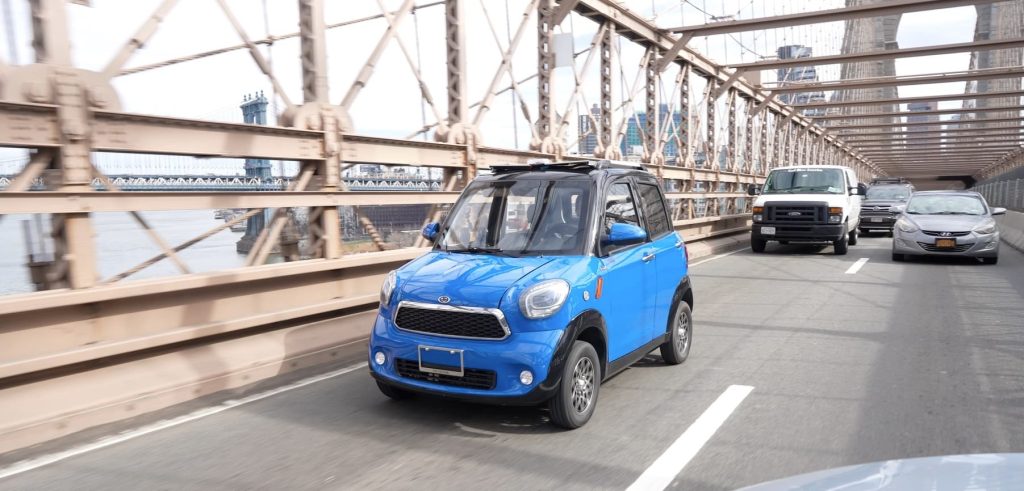
What are micro-cars?
The term micro-car has become something of a catchall. Similarly to NEVs though, there is no clear definition for the term. It is generally used more for fully enclosed LSVs than for open golf cart-style buggies like the GEM vehicles (though GEMs do have optional hard doors that make them fit better into the loosely defined micro-car category).
This door quasi-requirement is likely due to the fact that many people think of micro-cars as looking more like a conventional car, but simply scaled down into a smaller (and often cuter) vehicle.
Micro-cars can be as small as single-seaters or can even fit a family of five. I’ve driven a Chinese micro-car around Florida with my wife and our three nieces and nephews, showcasing the family-friendly nature of electric micro-cars.
Micro-cars, just like NEVs, are not a federally defined class of vehicle, and thus the term is limited largely to everyday language. For legal use, LSV is the only federally defined category of motor vehicle.
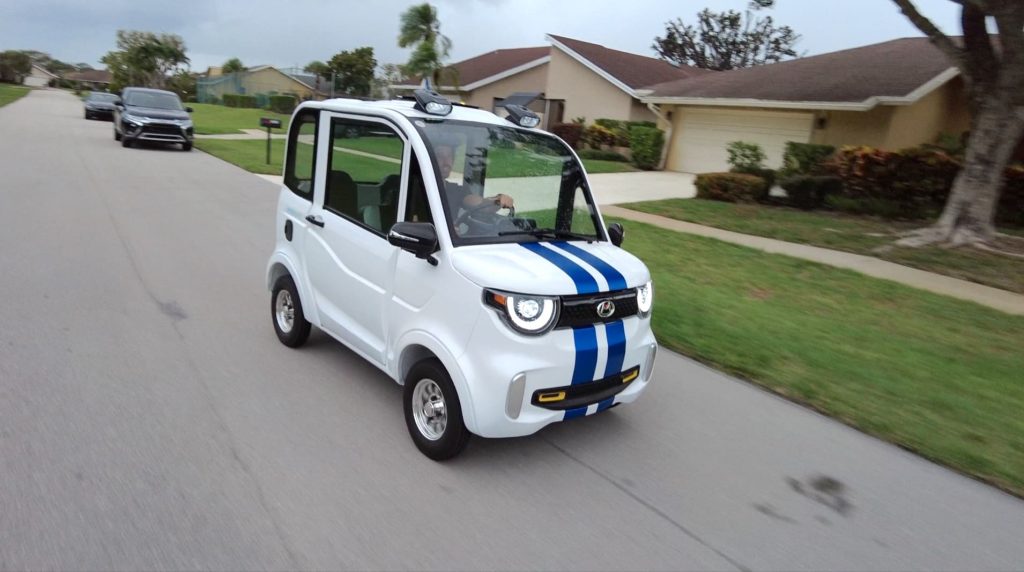
Golf carts
Golf carts are perhaps the most commonly understood of all of these categories due to their ubiquitous use on golf courses around the country.
While they can be powered by a combustion engine or by an electric motor, most golf carts produced today are electric.
They generally reach speeds of up to 20 mph (32 km/h), though can often be modified to reach speeds of closer to 30 mph. Some come with seat belts, radios, and other fancier features, but many are bare-bones vehicles designed for basic transportation.

Traditional golf carts are not street legal, though many small communities have created local golf cart ordinances to allow for their use on low-traffic roads.
Several large golf cart manufacturers have begun to produce LSV versions of their carts that have been homologated for street use. These versions, if produced to meet the LSV regulations laid out in the Federal Motor Vehicle Safety Standards, can be used like any other LSV on public roads that have posted speed limits of 35 mph (56 km/h) or less.
Golf carts are generally open-air vehicles that lack doors or locking storage. This is one of their main downsides compared to micro-cars, which generally have locking doors that can provide security as well as an all-weather ride.
Use cases for electric micro-cars and small vehicles
LSVs have two main uses in the US: transportation and utility use.
For transportation, LSVs have several advantages. Many owners prefer their small size that makes them nimbler in traffic and easier to park. They can often even be parked in small spots or psuedo-spots on the edges of parking areas that a traditional car couldn’t fit into.
Their simpler design and smaller size also means that they generally cost much less than a traditional electric car, both to purchase and to charge. Some new LSVs can start at below $10,000, compared to much more expensive electric family cars.
For some people, they’re also more fun to drive due to the novelty and go-kart feel that the small size offers. The 25 mph (40 km/h) top speed can be appropriate in many cities and communities, and the slower pace is often more fun for folks that enjoy cruising around their community and seeing the smiles on faces from onlookers. This is especially true in beach communities, older resident villages, and other planned communities.
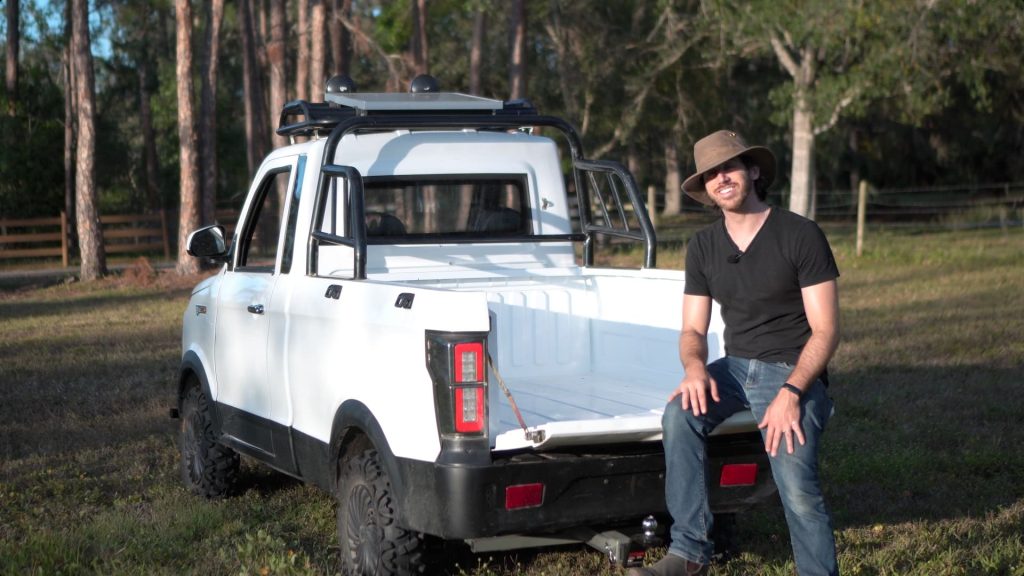
For utility, LSVs can offer many of the same benefits. Electric mini-trucks are becoming more popular in the cargo and delivery fields, especially in crowded cities that can be difficult to navigate with a larger box truck.
These vehicles can often offer similar bed sizes compared to traditional pickup trucks or small flatbed trucks, yet the entire vehicle is much smaller.
The increase in demand for electric mini-trucks has even spawned a new US-produced vehicle known as the AYRO Vanish.
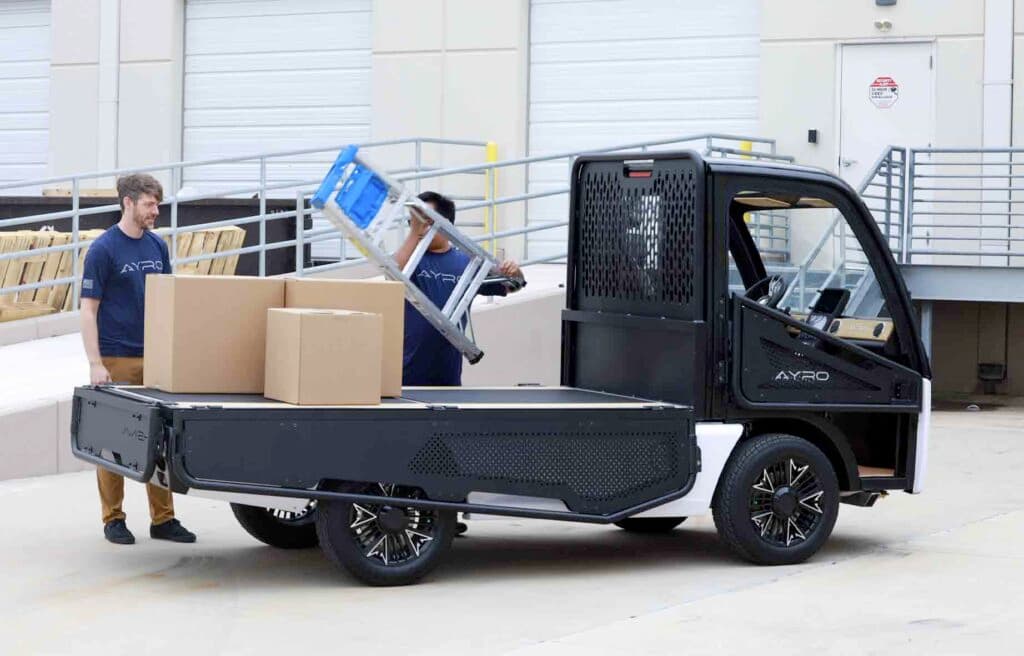
Which LSVs and NEVs are street legal?
Street-legality is perhaps the most important aspect of electric micro-cars, especially as new importers and manufacturers begin to crop up.
We’ll cover this issue in-depth in Part 2 of this series, which will return this Wednesday. Stay tuned!
Author: Micah Toll
Source: Electrek



